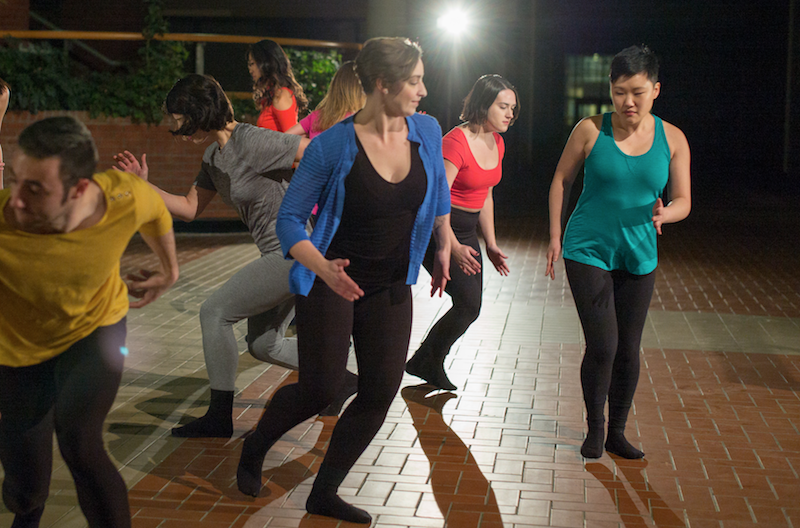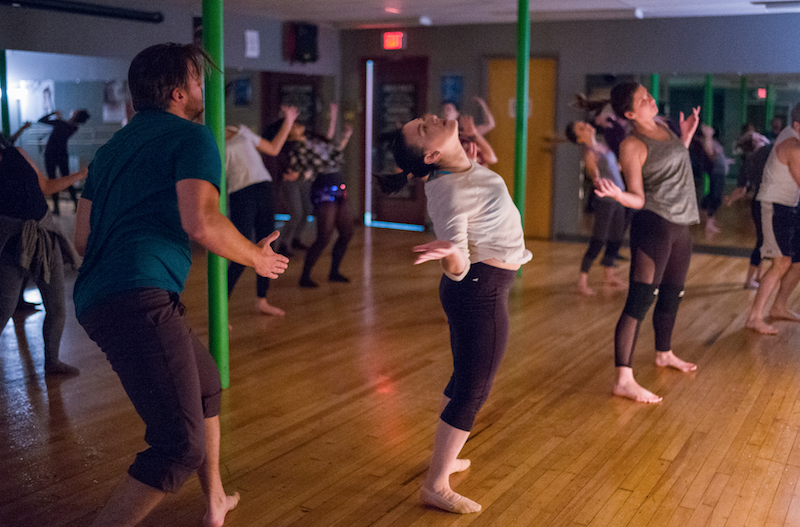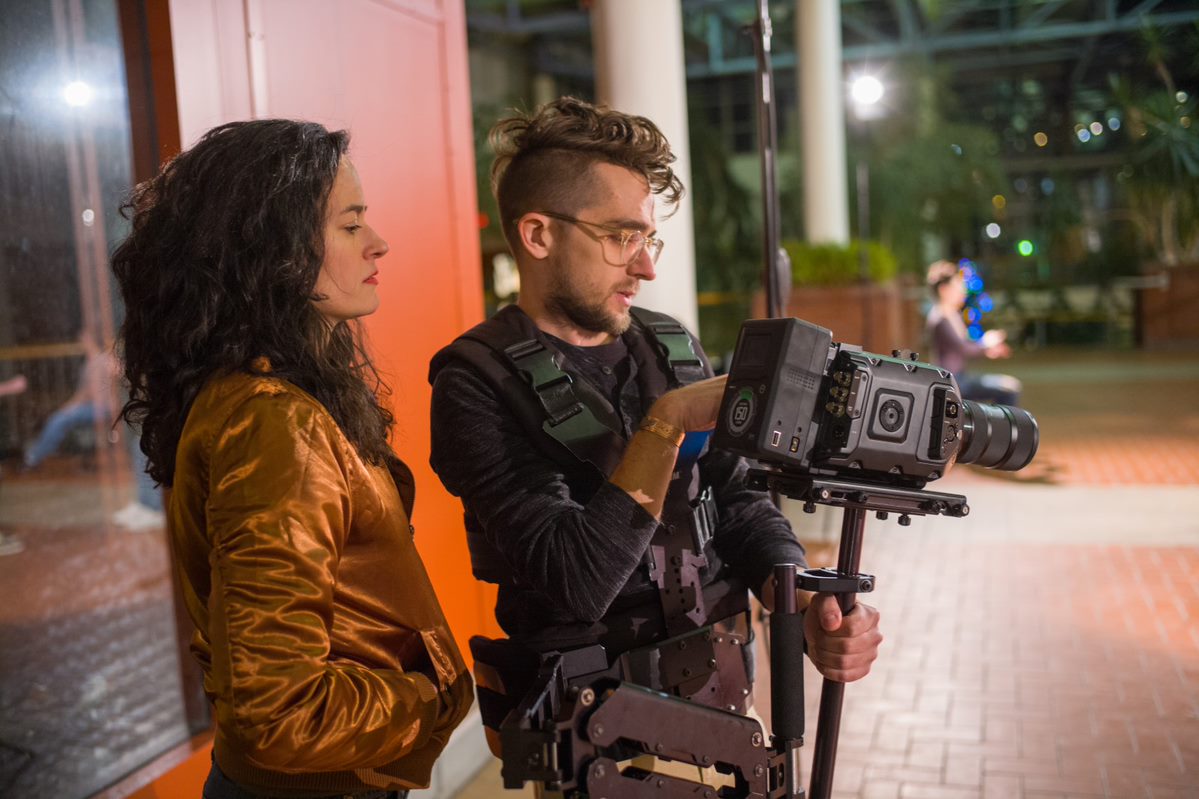You’re in a room with walls built to extend to the length and height of your willingness to travel, your willingness to take the pilgrimage to your own true self. This room holds everything you’ve learned about yourself and others up to this point in your life. It’s the only place from which you can pull to create your authentic, original work. As creatives know, true creativity comes from within. This room represents your perceived “within.”
When I give choreography to dancers and tell them the story behind the piece, their job is to connect that story to something they’ve experienced. In a group of adults, stories about love, loss, and relationships are often universal. Even teens have these experiences to a different extent, such as the loss of a pet, moving to a new town or state and having to make a new best friend, and other important early life experiences.
However, many dancers have difficulty accessing and identifying the emotions that come with those experiences. This is not always because of limited life experience, but more often they are afraid to explore, to discover the depths of their experiences. They may inadvertently rehearse the piece with inauthentic emotions which often end up being too little (their facials and textures don’t connect with the viewer), too much (their facials and textures are too animated to feel genuine), or misplaced (for example, what should be melancholy looks more like immense pain or confusion).
Similarly, as choreographers we get to decide the work we set on dancers. It can be purely aesthetic, abstract, improvisational, etc., and we can decide whether we want it to tell a story and/or evoke an emotional response. It then becomes our job to convey that (either in how we move or talk) to our dancers.
As artists, we must be able to access our vulnerability without fear of judgment by ourselves and others. We must train ourselves to identify and own difficult emotions and tap into past experiences safely so we can relate to the piece without spiraling into a dark, unhealthy place. First and most important, in a given moment, we need to know ourselves as we are. We must always be growing but seeking to understand who we truly are—what moves us, what we’ve buried, emotions that have sought safe harbor, how we feel about loving and being loved, our fears, our wishes, our joys and all that we can know about ourselves at any given time.
Currently, for the dance company, I’m working on a full-length show that deals with a difficult subject. It’s one that I have some experience in, but one that requires research to do it justice. The research is hard enough—watching interviews and reading articles and web diaries on the topic. I know, however, that in order to create something truly authentic, this isn’t enough. I have to pull from my own memories and feelings.
I’ve been putting this part off, out of fear for the rabbit hole, that dark place. Maybe writing this piece is part of my personal journey in terms of my willingness to travel to, and explore, that place. But I know what I have to do: journal. And when the time comes to discuss character building and relationships, as well as storyline and individual pieces with my dancers, I know what they must do: journal.
Journaling is a tool we’ve used many times in the studio, for classes and for dance company work, when we get to hurdles in emotional access. It’s hard work, but has also been one of the best tools (combined with improvisation) in achieving authentic connections to the work. It forces us to reflect on ourselves and our experiences, and to deepen our understanding of who we truly are. A journal is a place to admit that you are afraid, angry, sad, lonely, ecstatic, jealous, proud or any other feeling you have or have had. Nobody has to read it but you. Once you begin writing, you’ll be amazed at what comes out, and how much you can learn about yourself. This is all new raw material for your room, which will grow bigger each time you add to it.
And that’s really the goal of creativity, right?
When I was in college, I liked a poster so much that I accidentally bought it twice. It’s a black and white image of a man between an up and, what we presume to be, a down escalator. The man is standing with his back to the viewer, in an ocean between both places. Underneath is this quote:
“I’m a pilgrim on the edge, on the edge of my perception. We are travelers at the edge, we are always at the edge of our perceptions.”
-Scott Mutter
When you’re stuck in your work, if you feel you’ve hit a plateau, if your work isn’t as personal as you’d like it to be, take a pilgrimage. Explore a part of you and see if you can bring back some treasures of knowledge to add to your growing room.
Read more dance columns by Nadine Medina here.





